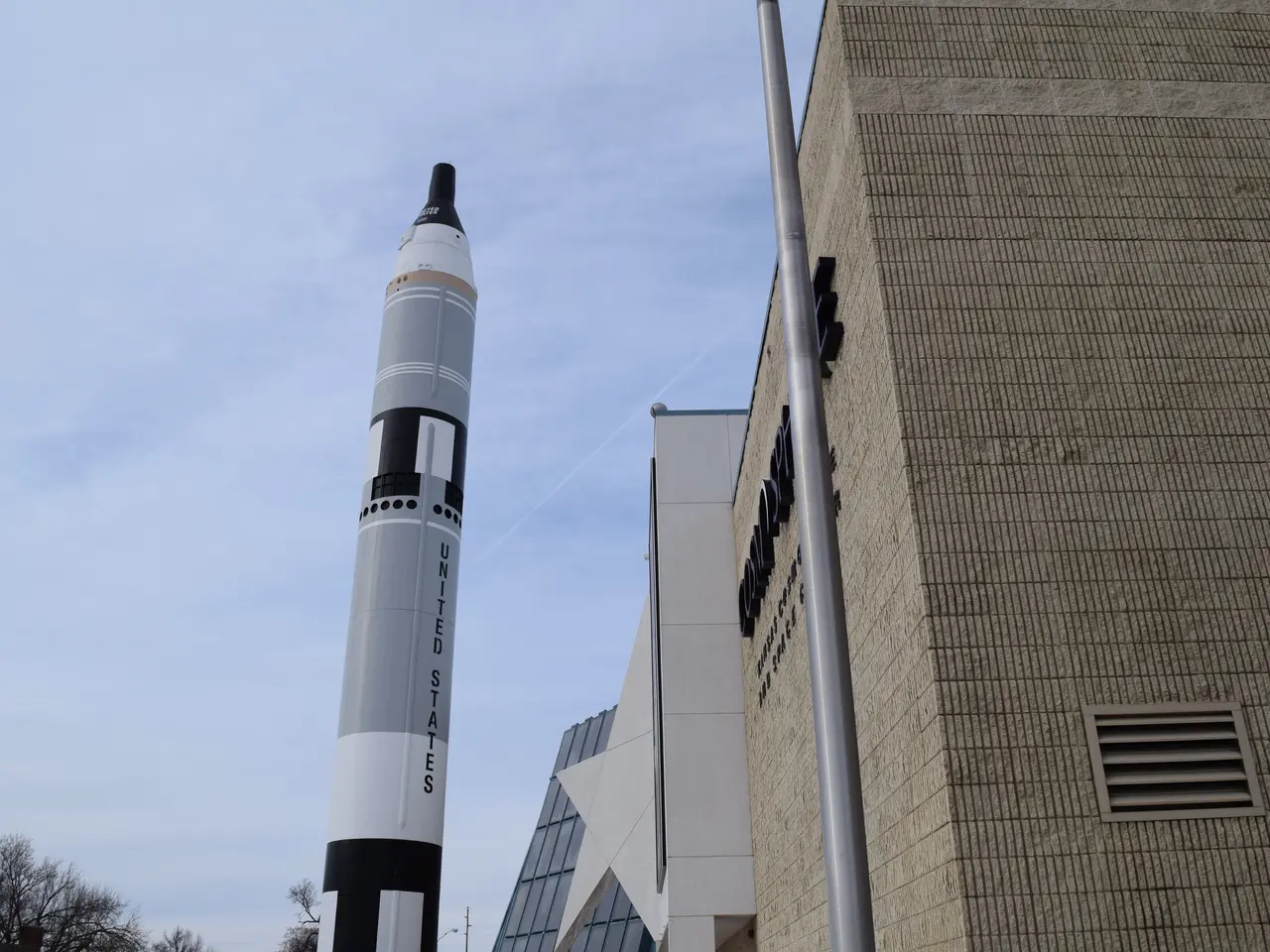Spacecraft Workhorses: Delta Rockets and Their Role in Space Discovery
The Delta family of rockets, originating from the Thor intermediate-range ballistic missile in the late 1950s, played a significant role in shaping modern rocketry. Over the years, these reliable launch vehicles supported scientific, commercial, and military missions, and helped propel some of the most groundbreaking spacecraft into orbit.
One such mission was the Phoenix spacecraft, which successfully landed on Mars in 2007 and conducted groundbreaking studies on the planet's polar ice. The Phoenix mission, as well as other notable scientific missions like the Mars rovers Spirit and Opportunity, GPS satellites, and Earth observation systems, were all launched using Delta II rockets.
The Delta II, developed by McDonnell Douglas, became one of the most reliable launch vehicles of its era, with the ability to deploy satellites into geosynchronous and low-Earth orbits. Its reputation as a dependable workhorse of spaceflight was reinforced by each successful mission.
The Delta IV, designed under Boeing's leadership before being managed by the United Launch Alliance (ULA), featured a modular design with a single-core and a heavy-lift variant capable of carrying heavy payloads to orbit. This rocket was reserved for missions requiring the highest payload capacity, such as national security payloads and deep-space probes. A significant portion of the U.S. Air Force's GPS satellite constellation was placed into orbit by Delta II rockets, and the Delta IV was instrumental in launching deep-space missions, including the Spitzer Space Telescope and the Phoenix spacecraft.
The Spitzer Space Telescope, an infrared observatory, was placed into orbit in 2003 using a Delta II rocket, and its data has contributed to numerous scientific discoveries. One such discovery is the phenomenon of Venus releasing steam, a phenomenon not fully understood by scientists.
As we look to the future, the Delta program's legacy continues through numerous scientific discoveries, advancements in space-based technology, and shaping modern rocketry. The program was retired in 2024 with the transition to new launch systems like the Vulcan Centaur. ULA's Vulcan Rocket is the next generation of spaceflight, poised to carry on the tradition of dependable and successful launches.
However, the landscape of US space policy may see some unexpected changes. With Donald Trump's approach to space policy and the potential involvement of Elon Musk, the future of spaceflight is shrouded in uncertainty. One thing is certain, though: the Delta program's contributions to space exploration will continue to be felt for years to come.
A recent paper titled "Lunar Manned Base Research and Key Technologies" (JDSE 2023) highlights the importance of continued research and development in space exploration, as we look towards new frontiers like the Polaris Dawn, an upcoming groundbreaking spaceflight. The Delta program's legacy serves as a testament to the power of human ingenuity and the boundless potential of space exploration.
Read also:
- Peptide YY (PYY): Exploring its Role in Appetite Suppression, Intestinal Health, and Cognitive Links
- Toddler Health: Rotavirus Signs, Origins, and Potential Complications
- Digestive issues and heart discomfort: Root causes and associated health conditions
- House Infernos: Deadly Hazards Surpassing the Flames








